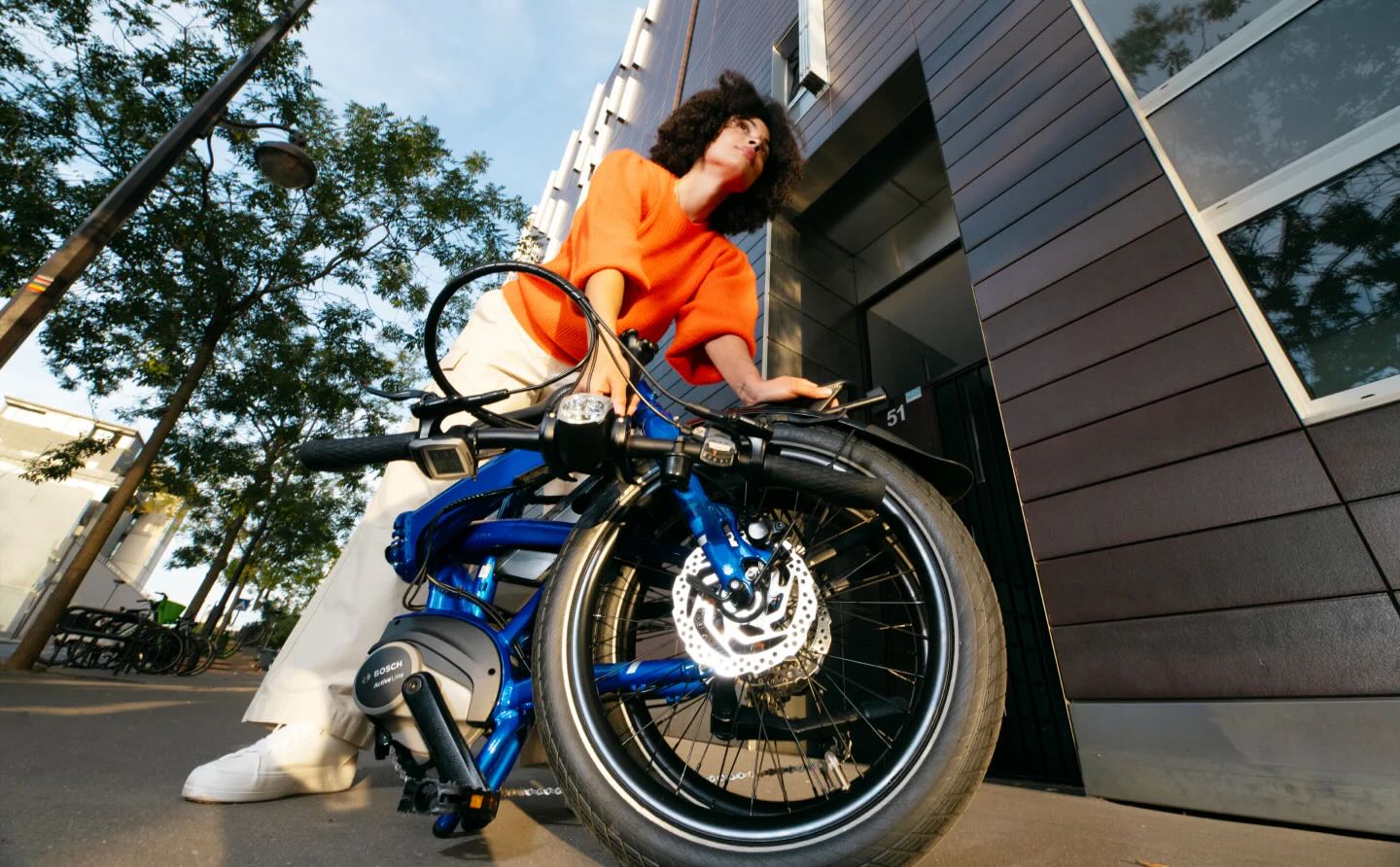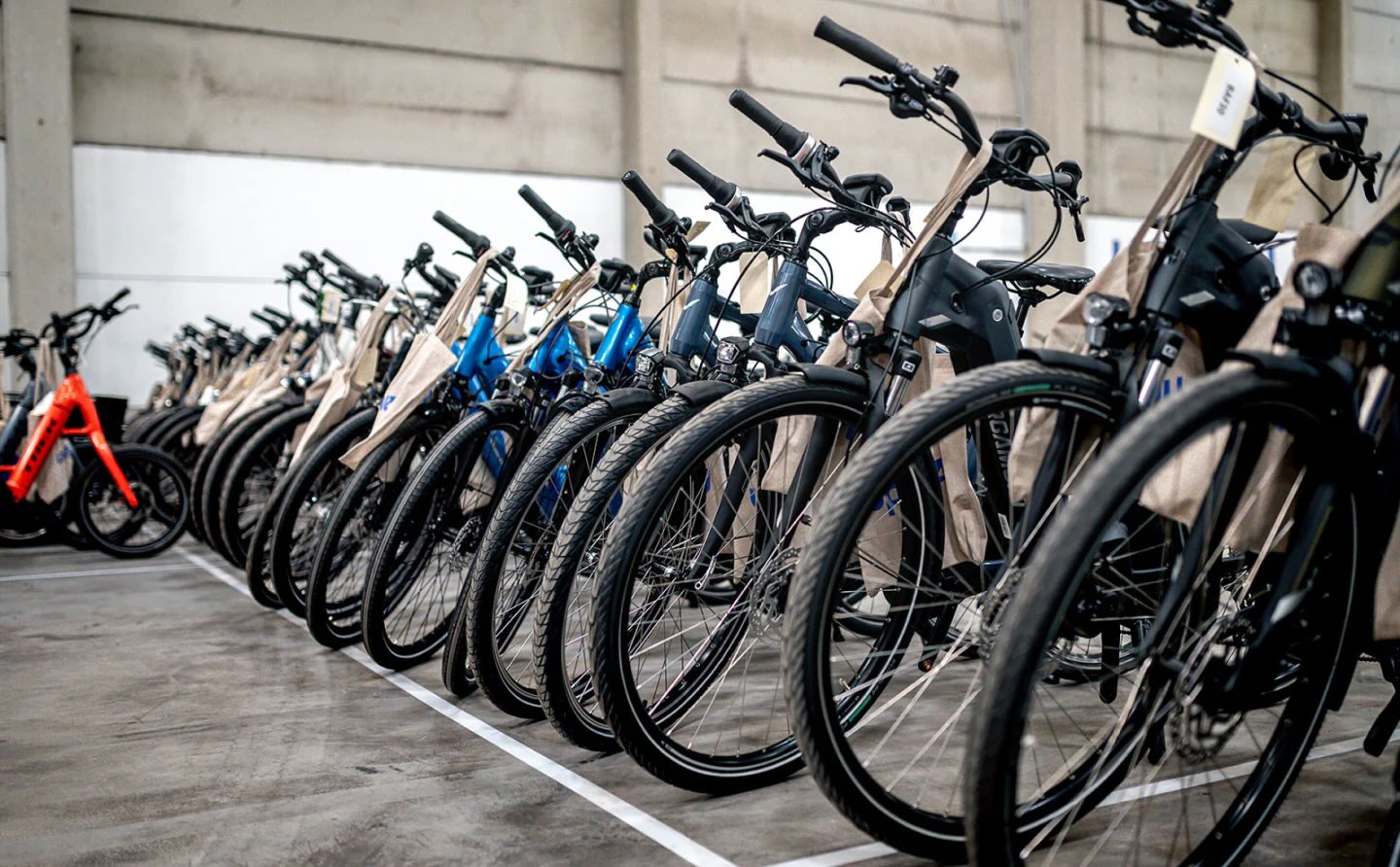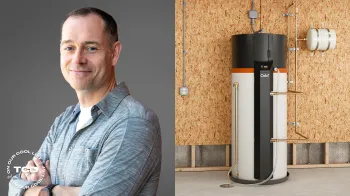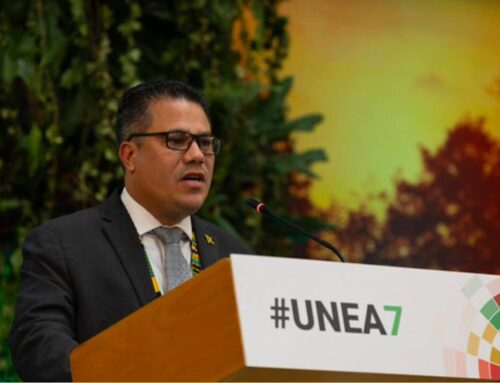Researchers unveil breakthrough solution to colossal issue facing wind power: ‘Innovation
April 6, 2025
Researchers have devised and tested a way to mix old wind turbine blades with asphalt and cement concrete for more resilient road surfaces, expanding recycling options for the sector.
According to the Global Wind Energy Council, there were 117 gigawatts of wind power installations around the globe in 2023, which was a 50% increase over the previous year. To meet targets set at the 2023 United Nations Climate Change Conference, the world needs to increase that to 320 gigawatts by 2030.
However, since most wind turbines have a lifespan of around 20 years, we also need to find ways to deal with the growing waste as more get decommissioned.
The National Renewable Energy Laboratory estimated that 3,000 to 9,000 turbine blades will be retired each year for the next five years in the United States, according to a report by New Atlas. Luckily, the U.S. Department of Energy said the country has the infrastructure to process 90% of the mass in wind turbines.
Regardless, that number could grow to between 10,000 and 20,000 by 2040, which means more effective recycling and repowering programs must be developed.
New Atlas explained that a team from the Lanzhou Institute of Chemical Physics at the Chinese Academy of Sciences devised a method of crushing and chemically treating old turbine blades so that they could be mixed into materials used in road construction.
This material was already trialed and has been in place on a section of Qingfu Highway in northwest China for over five months. So far, there have been no reports of cracking or rutting in this hybrid material, and it appears to be “long-lasting.”
This is just one of a variety of novel second-life projects already employed in the wind power sector to help deal with the waste generated from old turbines. The shells have been repurposed into bike sheds, highway noise barriers, and even tiny homes.
Breaking down the fiberglass composite material used in many of the blades has been difficult, but companies such as Carbon Rivers have reportedly been able to get 99.9% recycled glass fiber purity from these waste streams.
In the U.S., $20 million has also been invested in finding ways to recycle the last 10% of turbine materials to make the industry even more sustainable than it already is.
TCD Picks » Upway Spotlight
????Upway makes it easy to find discounts of up to 60% on premium e-bike brands
“The U.S. already has the ability to recycle most wind turbine materials, so achieving a fully domestic wind energy industry is well within reach,” said Jeff Marootian, principal deputy assistant secretary for the Office of Energy Efficiency and Renewable Energy, per a January release from the DOE.
“Innovation is key to closing the loop,” Marootian added.
Join our free newsletter for weekly updates on the latest innovations improving our lives and shaping our future, and don’t miss this cool list of easy ways to help yourself while helping the planet.
Search
RECENT PRESS RELEASES
Related Post
















